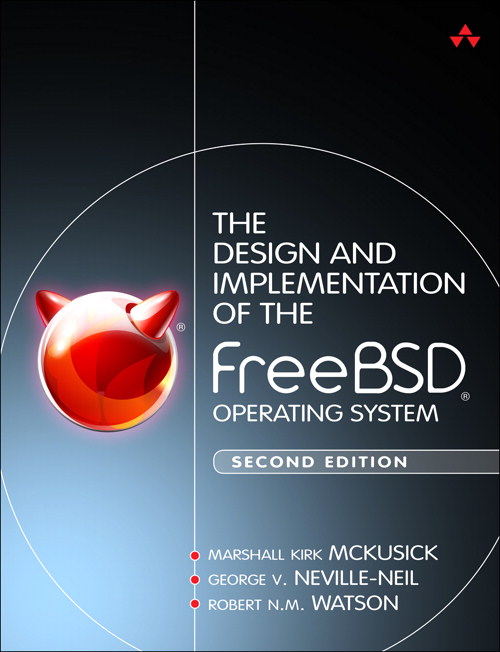
Now available: The Design and Implementation of the FreeBSD Operating System (Second Edition)
[ source navigation ] [ diff markup ] [ identifier search ] [ freetext search ] [ file search ] [ list types ] [ track identifier ]
FreeBSD/Linux Kernel Cross Reference
sys/contrib/device-tree/Bindings/serial/fsl-imx-uart.txt
Version:
- FREEBSD - FREEBSD-13-STABLE - FREEBSD-13-0 - FREEBSD-12-STABLE - FREEBSD-12-0 - FREEBSD-11-STABLE - FREEBSD-11-0 - FREEBSD-10-STABLE - FREEBSD-10-0 - FREEBSD-9-STABLE - FREEBSD-9-0 - FREEBSD-8-STABLE - FREEBSD-8-0 - FREEBSD-7-STABLE - FREEBSD-7-0 - FREEBSD-6-STABLE - FREEBSD-6-0 - FREEBSD-5-STABLE - FREEBSD-5-0 - FREEBSD-4-STABLE - FREEBSD-3-STABLE - FREEBSD22 - l41 - OPENBSD - linux-2.6 - MK84 - PLAN9 - xnu-8792
SearchContext: - none - 3 - 10
SearchContext: - none - 3 - 10
1 * Freescale i.MX Universal Asynchronous Receiver/Transmitter (UART) 2 3 Required properties: 4 - compatible : Should be "fsl,<soc>-uart" 5 - reg : Address and length of the register set for the device 6 - interrupts : Should contain uart interrupt 7 8 Optional properties: 9 - fsl,dte-mode : Indicate the uart works in DTE mode. The uart works 10 in DCE mode by default. 11 - fsl,inverted-tx , fsl,inverted-rx : Indicate that the hardware attached 12 to the peripheral inverts the signal transmitted or received, 13 respectively, and that the peripheral should invert its output/input 14 using the INVT/INVR registers. 15 - rs485-rts-delay, rs485-rts-active-low, rs485-rx-during-tx, 16 linux,rs485-enabled-at-boot-time: see rs485.txt. Note that for RS485 17 you must enable either the "uart-has-rtscts" or the "rts-gpios" 18 properties. In case you use "uart-has-rtscts" the signal that controls 19 the transceiver is actually CTS_B, not RTS_B. CTS_B is always output, 20 and RTS_B is input, regardless of dte-mode. 21 22 Please check Documentation/devicetree/bindings/serial/serial.yaml 23 for the complete list of generic properties. 24 25 Note: Each uart controller should have an alias correctly numbered 26 in "aliases" node. 27 28 Example: 29 30 aliases { 31 serial0 = &uart1; 32 }; 33 34 uart1: serial@73fbc000 { 35 compatible = "fsl,imx51-uart", "fsl,imx21-uart"; 36 reg = <0x73fbc000 0x4000>; 37 interrupts = <31>; 38 uart-has-rtscts; 39 fsl,dte-mode; 40 };
Cache object: 81343e33b038714d5ada7a1e7bcc1a57
[ source navigation ] [ diff markup ] [ identifier search ] [ freetext search ] [ file search ] [ list types ] [ track identifier ]